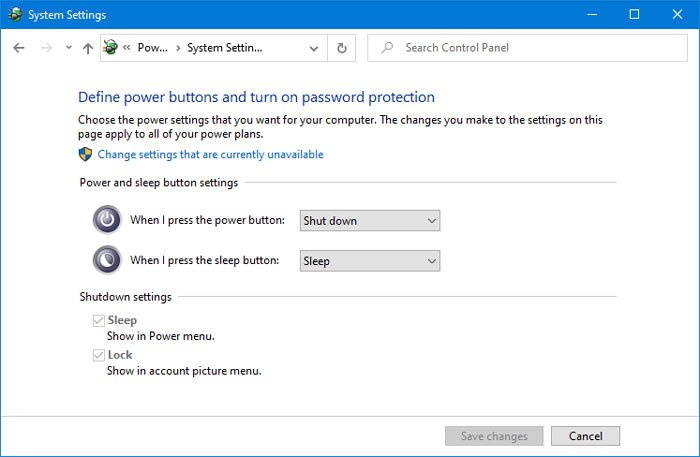

In comparing the versions of the graphics drivers that I had installed, I discovered that the Radeon GPU had a default "Microsoft Basic Display Adapter" driver installed. Thank you so much for your help, as your suggestions have resolved this issue.

The Windows installation comes only with the basic drivers In the end, it is advisable to download all other drivers (after choosing Windows 10 64bit) and install on your NUC: Downloads for Intel® NUC Kit NUC8i7HNK. If the sleep option will still not appear, scan through device manager, and look for "unknown device".ģ. Download Radeon™ RX Vega M Graphics Driver for Windows® 10 64-bit for the Intel® NUC Kit NUC8i7HNK, NUC8i7HVKĪfter installing both drivers, reboot your computer.Ģ. Download Intel® HD Graphics Driver for Windows® 10 64-bit for the Intel® NUC Kit NUC8i7HNK, NUC8i7HVK Since you have installed the chipset driver, I suggest you to download from Intel and install the both graphic drivers also.

Sleep issues often come from display or chipset driver issues. The local group policy is set to allow Sleep.1. I have checked for the latest video card drivers and there are none available. The current power policy has disabled this standby state. The system firmware does not support this standby state.

The following sleep states are not available on this system: The following sleep states are available on this system: When I run powercfg /a from command prompt it gives me the following output: The Sleep option is missing not only from the power menu but also from the advanced power options window. However, I no longer have access to the Sleep option after several Windows 10 updates installed in early February 2020. I used to be able to put my HP EliteBook 840 G5 to sleep by either closing the lid or selecting Sleep from the power menu.


 0 kommentar(er)
0 kommentar(er)
